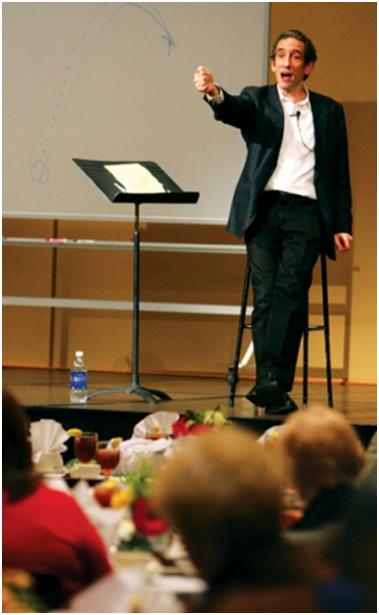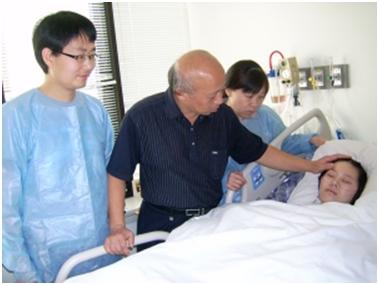|
Written by Shambhu Sharan, The Shorthorn staff |
|
Monday, 05 October 2009 08:39 PM |
|
Information Eligible: Undergraduate students who are Texas residents Source: Luis Rosado, Center for Bilingual Education director Undergraduate Texas residents can soon help neighborhood high school students while making money, thanks to the new grants from the Texas Higher Education Coordinating Board. UTA’s Center for Bilingual Education and the P-16 Regional Council obtained the two grants in collaboration with Arlington ISD. One purposes of the UTA-AISD College Readiness Program grant is to provide paid mentors and encourage minority students to complete high school and prepare for college, said Carla Amaro-Jiménez, bilingual education visiting assistant professor. Amaro-Jiménez said Latinos are the largest minority group in the nation but at the same time the most underachieving and undereducated group. The college going rate for Latinos is one of the lowest in the nation, 9 percent, and in Texas, 6.5 percent. To address these gaps, the university’s P-16 Regional Council proposed the creation of a program to increase the college-going rate for Latinos in two high schools in Arlington ISD. The second grant, P-16 Regional Councils Grant Award, will focus on Latino students. Luis Rosado, Center for Bilingual Education director, said students interested in mentoring need to go to UTA’s Web site to apply for the jobs directly through the university’s SNAP Job Web site. The center plans to hire 25 first-generation undergraduate students part-time, 20 hours a week maximum, from different majors to work in local schools. The pay rate starts at $10 an hour. “I want to get students from all colleges and programs,” Rosado said. “Any Texas resident college student can apply for the job. The proposed program is designed to support first-generation, minority students at Arlington High and Lamar High in AISD.” Amaro-Jiménez said the Family College Readiness Program will create Go Centers in two AISD high schools, empowering parents to become their children’s advocates. In the Go Centers, high school students will receive information UTA interns from colleges and programs such as engineering, science and education. Amaro-Jiménez said mentors will help high school students prepare for the SAT and ACT examinations, apply for financial aid, programs and university selection, and learn strategies to cope in high school and college and college life in general. Another component of the grants is to provide parents of these high school students with the tools and knowledge they need to get further support to the children, she said. Rosado and associate vice president for K-16 Initiatives Jeanne Gerlach were the principal investigators of P-16 Regional Councils Grant Award of $50,000 for one year. Amaro-Jiménez and Rosado were the principal investigators of the UTA-AISD College Readiness Program award. It will provide $270,000 for two years. John Smith, Department of Curriculum and Instruction chair, said one of the challenges is to make sure every young person has an opportunity to succeed. “This grant will focus on disadvantaged students and help them to see they can succeed in school and the university,” he said. “It will greatly strengthen connections between UTA and local school districts and school business communities.” |
http://www.theshorthorn.com/content/view/17826/265/







